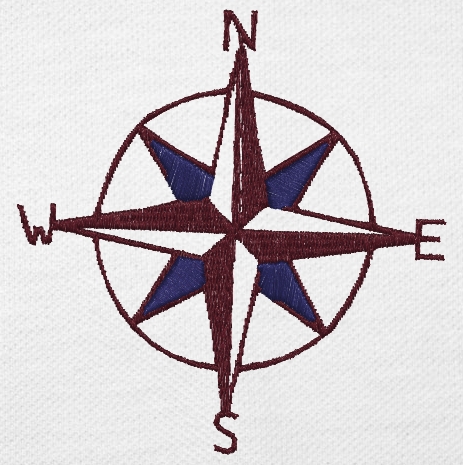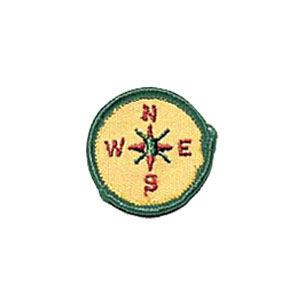We tend to run “FedEx” with a fairly open format where you can do whatever you want as long as you can somehow relate it to our products.
– Atlassian
Last week, my company gave us an exciting opportunity: 5 days of work on a project related to our business.
Apparently, they’ve done something like this before, long before my time, so you’d have to ask some of the more tenured folks at Daxko about it.
I worked with the same folks who volunteered with me at the WebVisions Hackathon earlier this year and we kept in mind what my colleague Will said about that experience: “The short time box and no feature constraints necessitated a laser-sharp focus on one thing.”
So we noodled over several viable candidates and finally settled on building a better mousetrap – or, in this case, UsabLog.
A clarification on terminology from my UX colleague:
“Logging” in this context doesn’t mean “system logging of events.” It means human capture of what the user said, what the user did in the app (e.g., where user clicked), and any additional comments to provide context. The point of logging is to provide us with a record of what went down so we have an accurate recollection for later analysis.
I had the good fortune to be a user of the original UsabLog application over the course of many usability sessions as a session logger, so I was rather familiar with its strengths and weaknesses. I was able to contribute some bug reports and feature suggestions for consideration during our lunchtime planning discussions, but my Scrum team’s UX designer was our team’s sponsor. She compiled an experiment plan that identified our purpose and detailed the problems we considered in the pre-existing Usablog and the opportunities we had to satisfy those needs.
Our usability sessions up to this point involved an interview led by the facilitator (i.e. UX designer) and logged by another team member (e.g. me) via the free, open source, web application Usablog, which then exported logs to CSV for use in a program such as Excel and which we in turn manually fed into a mindmap program such as FreeMind. While this process did work for us, the export and manual copy-paste was rather tedious and laborious, or as she put it “it would directly contribute to user research process efficiencies.” We knew there could be a better way.
Goals of the experiment:
- Rapidly capture rich user feedback during research interviews and usability tests through logging of user events and comments
- Organize logs from multiple sessions into one study for ease of access and visibility
- Use log entries to synthesize findings
- Quickly jump to a spot in the session’s video by clicking on the associated log entry
In particular, we wanted these features:
- Multi-session logging.
- Log entries are timestamped when the logger starts typing for video synchronization.
- Custom tags.
- Multi-logger logging.
- One tool for logging and post-session analysis.
We established a definition of done and recognized our dependencies since any impediments would have serious impact on our progress during the limited time of the competition.
I would love to tell you that we were entirely successful in meeting our goals and implementing all of our features, and then going on to take first prize in the competition. Alas, this was not to be. We only accomplished some of our goals and features and awesome projects from other teams placed above us.
However, the experiment was a roaring success in many ways:
- I had first-hand experience with paired UX design under the tutelage of my UX designer colleague. She suggested that I man the helm and she steered me back on course when I went astray. I won’t claim that my first UI mockups were beauties, but the process and conversation certainly were.
- I made my first commit to a Github open-source repository and thereby qualify for the Open Source Nerd Merit Badge (which happens to feature the Github mascot Octocat) which I had been hankering to do ever since I discovered its existence. Also, this was the first time I fixed a bug in the source code, so even though my changes were minor it was thrilling.
- Exploratory testing based on Github commit notifications in the HipChat chat room we used for the team. Rather than pursuing session-based test management, I tried a looser structure based around the latest and greatest changes instead of setting charters and time-boxing exploration around the stated goal.
- Real-time bug reporting of issues found during exploratory testing via HipChat messages and screenshot attachments was new and interesting. This is the lowest overhead asynchronous bug management approach I’ve tried and it was effective. Granted, we didn’t come out with a backlog of known issues written down somewhere, but we rectified the most critical problems before they had a chance to fester.
- We didn’t let a little thing like heading home for the day stop us from collaborating remotely when we got back to business after hours. Being able to work at odd hours put some of my insomnia to good use. I also learned a bit about .NET and model/view/controller architecture, which turned out to be good preparation for the following – and last – day.
- When one of our programmer teammates fell ill, I paired with our remaining developer to push on toward the goal. Although I think I spent more time asking questions to help think through the implementation than actually contributing code, it was a fruitful day, wrapping up an important feature a mere 30 minutes before the Big Reveal.
- I used the resulting product to real-time log the presentations during the Big Reveal. Oh so meta, but also hopefully illustrative of the capabilities of the application for future use. If nothing else, it gave our sick friend a way to catch up on the excitement as he recovered over the weekend.
- We accomplished only some of our goals and features but they were the most essential. Our product is usable as-is, though with some known bugs that do not inhibit happy-path use.
- Why do they call it FedEx days? Because you have to ship! Our resulting application is ready for use – or enhancement if you’re feeling ambitious!
- And last, but certainly not least, victory lunch! Nothing so sweet as celebrating effective teamwork.


